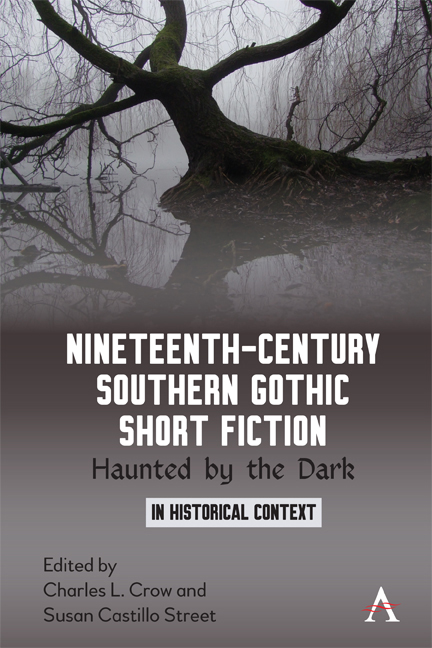Chapter Twenty-Two - Charles W. Chesnutt, “Superstitions and Folk-Lore of the South” (1901)
Published online by Cambridge University Press: 20 January 2022
Summary
In the African diaspora, enslaved peoples brought elements of their religion, which over time blended with Christianity. The resulting beliefs and practices differed according to African origins and the version of Christianity that was assimilated. In the Spanish Caribbean, the result was called santería, which has evolved into a recognized religion. In French islands and Louisiana, voudou (or voudoun) was the result; in the English-speaking South, conjure.
In this essay, Charles Chesnutt discusses his knowledge of conjure, which he both absorbed uncritically as a child in North Carolina and studied as an adult. The practices of conjure shown here are helpful in understanding not only Chesnutt's conjure tales but also E. Levi Brown's “At the Hermitage.”
Text: Charles W. Chesnutt, Stories, Novels, & Essays (New York: Library of America, 2002), 864–71.
SUPERSTITIONS AND FOLK-LORE OF THE SOUTH
During a recent visit to North Carolina, after a long absence, I took occasion to inquire into the latter-day prevalence of the old-time belief in what was known as “conjuration” or “goopher,” my childish recollection of which I have elsewhere embodied into a number of stories. The derivation of the word “goopher” I do not know, nor whether any other writer than myself has recognized its existence, though it is in frequent use in certain parts of the South. The origin of this curious superstition itself is perhaps more easily traceable. It probably grew, in the first place, out of African fetichism, which was brought over from the dark continent along with the dark people. Certain features, too, suggest a distant affinity with Voodooism, or snake worship, a cult which seems to have been indigenous to tropical America. These beliefs, which in the place of their origin had all the sanctions of religion and social custom, became, in the shadow of the white man's civilization, a pale reflection of their former selves. In time, too, they were mingled and confused with the witchcraft and ghost lore of the white man, and the tricks and delusions of the Indian conjurer. In the old plantation days they flourished vigorously, though discouraged by the “great house,” and their potency was well established among the blacks and the poorer whites. Education, however, has thrown the ban of disrepute upon witchcraft and conjuration.
- Type
- Chapter
- Information
- Nineteenth-Century Southern Gothic Short FictionHaunted by the Dark, pp. 207 - 212Publisher: Anthem PressPrint publication year: 2020



